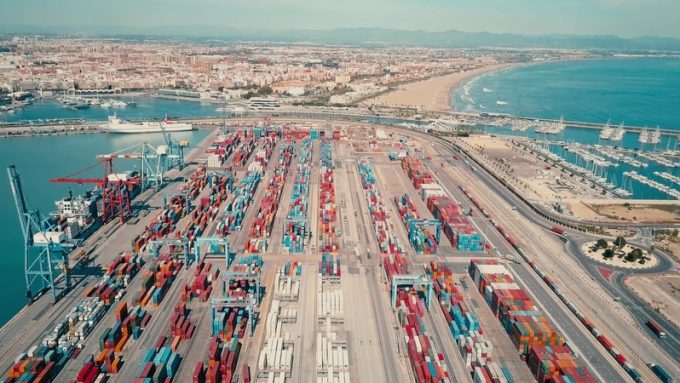Marginal gains on east-west ocean container routes in a challenging week
Despite the huge uncertainty US tariffs have injected into container supply chains, and its potentially ...

Often overshadowed by the larger Asia-North Europe route, the Asia-Mediterranean tradelane has so far this year proved to be slightly more robust.
According to Container Trade Statistics (CTS), westbound liftings from Asia to the west Mediterranean (including North Africa) grew 5.9% year on year to the end of May.
Moreover, Drewry said, the “laggard” Asia to east Mediterranean trade was finally showing “positive intent, following a prolonged period of contraction”, as the region bounced back to record 0.6% headhaul growth in the first five months of the year, compared with a 1.5% decline ...
Asia-USEC shippers to lose 42% capacity in a surge of blanked sailings
Why ROI is driving a shift to smart reefer containers
USTR fees will lead to 'complete destabilisation' of container shipping alliances
New USTR port fees threaten shipping and global supply chains, says Cosco
Outlook for container shipping 'more uncertain now than at the onset of Covid'
Transpac container service closures mount
DHL Express suspends non-de minimis B2C parcels to US consumers

Comment on this article